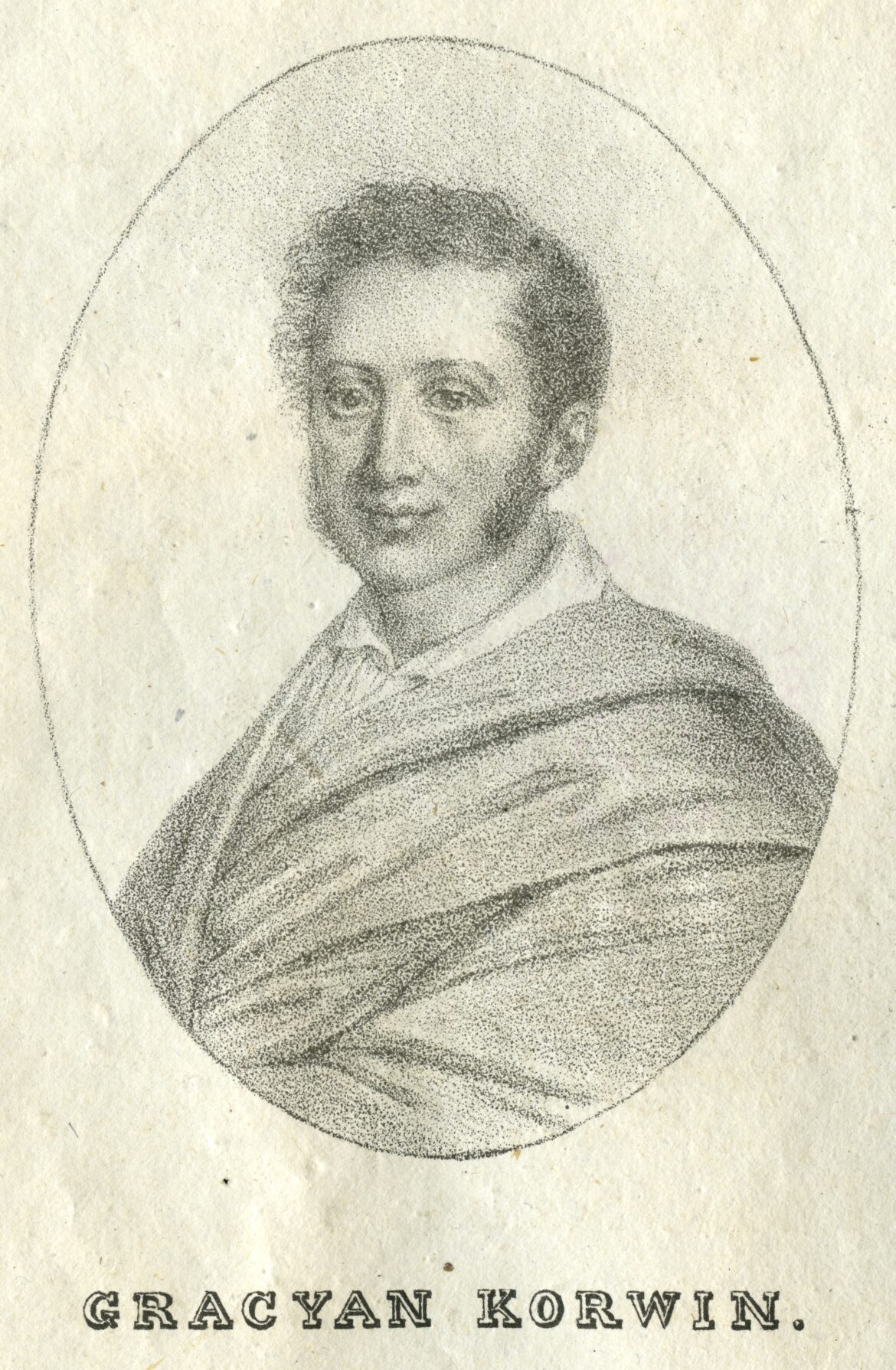The beginning of the 19th century brought interest in matters of production technology. Those issues were addressed by the first Polish specialist periodical, which had been published in Warsaw since 1820.
The title of the periodical was very long: “Polish Isis, or Journal of skills, inventions, crafts and handicrafts, devoted to national industry, and the needs of rural and urban farms, published by Gracyan Korwin”, who was the sub-prefect of the Staszów district in the Napoleonic period. The first edition announced that it would be published monthly and encouraged people to subscribe to it.
Unfortunately, the magazine’s founder could not enjoy his initiative for long. He died prematurely in 1821, following an unfortunate accident in 1814 when he fell from the carriage. Under his editorship, 21 pamphlets were published. He was succeeded by his brother-in-law Antoni Lelowski (1783-1855), an official of the Lomza department in the Duchy of Warsaw. As well as editing “Polish Isis”, he organised industrial exhibitions, and from 1825 held the office of commissioner of factories in the Kingdom of Poland.
Half of the magazine was filled with reports and commentaries from foreign technical journals, but Lelowski kept following up on domestic achievements and advances. The more important inventions included an apparatus for leaching flax, a design for a rotary steam machine, an instrument for measuring the radii of diameters of round bodies by artillery officer A. Krauze and many laboratory tools. Had it not been for Lelowski’s activity, we would never have known about most of them, as he actively sought out those showing inventive initiative.
The new ‘machines’, as the inventions were popularly called, were more widely commented on by the creators of “Isis Poland”. Admiration was sometimes mixed with horror. Such was the case with the Perkins rifle, which, according to Lelowski, had the potential to kill en masse if to cluster its firepower.
The magazine, however, had to reckon with the economic structure of the country in order to sustain itself. As only 20% of the population of the Kingdom of Poland lived in towns and cities, its pages were dominated by topics related to manufacturing industry and improvements in the rural economy. Important advice was not disdained either, as well as advice aimed at landowners. For example: “A way for horses to grow long hair on their tails- wash the tails with onion infusion and comb with a comb dipped in the same decoction. You can also wash the tails with a decoction of burdock root, with the addition of a small amount of honey”.
The journal ceased publication in 1828.





